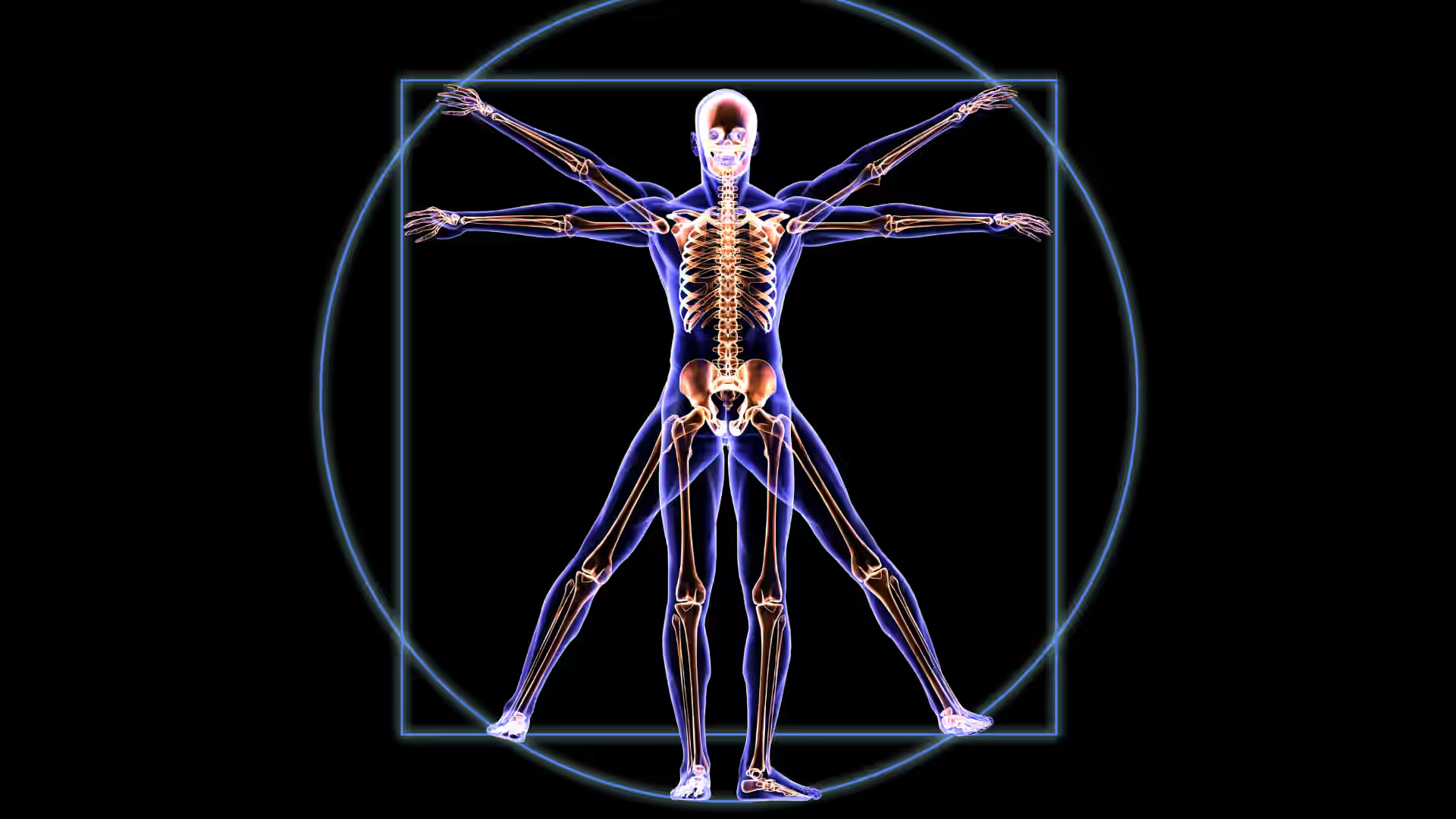Imagine your heart, steadily beating and working around the clock, suddenly compressed by fluid collecting in the sac surrounding it. This condition, called pericardial effusion, occurs when excess fluid builds up in the pericardium, the protective membrane around the heart.
Depending on the cause and how quickly the fluid accumulates, it can be mild and manageable or progress to a serious, potentially life-threatening situation. In this article, we’ll explore the causes, symptoms, and treatment options for fluid around the heart, and why early detection is so important.
[signup]
Understanding Pericardial Effusion
To grasp how fluid affects the heart, we first need to understand where it collects and why.
What Is the Pericardium?
The pericardium is a thin, two-layered sac that surrounds and protects the heart. It contains a small amount of lubricating fluid, normally about 15 to 50 milliliters, that helps the heart move smoothly within the chest.
Normal Fluid Levels vs. Pericardial Effusion
Pericardial effusion occurs when excess fluid builds up between the layers of the pericardium. This can result from inflammation, infection, injury, or systemic illness. When too much fluid collects, it can squeeze the heart and hinder its ability to pump blood effectively.
Types of Pericardial Effusion
Pericardial effusions can be classified based on their size, how quickly they develop, and the nature of the fluid itself:
- Small vs. Large: This refers to the amount of fluid present. Small effusions may cause few or no symptoms, while larger volumes can place significant pressure on the heart.
- Acute vs. Chronic: This describes the rate of fluid buildup. Acute effusions develop suddenly and may cause rapid symptoms. Chronic effusions accumulate slowly, sometimes going unnoticed until they reach a significant volume.
- Transudative vs. Exudative: These terms describe the fluid's composition.
- Transudative effusions are typically due to systemic conditions like heart failure or low protein levels, causing fluid to leak into the pericardial space.
- Exudative effusions result from inflammation or infection and often contain higher levels of proteins, white blood cells, or other inflammatory markers.
Common Causes of Fluid Around the Heart
Several health conditions can lead to pericardial effusion. Identifying the cause helps guide treatment.
Infections and Inflammatory Conditions
- Viral infections (e.g., Coxsackievirus B) are the most common infectious cause of pericardial effusion.
- Bacterial infections, including tuberculosis, can lead to purulent effusion.
- Fungal infections, though rare, may occur in people with weakened immune systems
Autoimmune Disorders
Some autoimmune diseases, such as lupus, rheumatoid arthritis, and scleroderma, can trigger inflammation of the pericardium, leading to fluid buildup.
Cardiovascular Causes
- Heart attacks (myocardial infarctions) can cause pericardial inflammation (post-MI pericarditis)
- Post-procedure complications from heart surgery, pacemaker insertion, or catheter procedures can result in effusion.
- Congestive heart failure (CHF) can lead to fluid accumulation due to increased pressure in blood vessels.
Systemic Diseases
- Kidney failure (uremia) is a known cause of pericarditis and effusion due to toxin buildup in the blood.
- Cancer (especially lung, breast, or lymphoma) can spread to the pericardium or cause inflammation from treatments like radiation or chemotherapy.
Other Medical Conditions
- Hypothyroidism can lead to a slow buildup of fluid around the heart
- Trauma or injury to the chest can result in blood or fluid leakage into the pericardial sac
Recognizing Symptoms of Pericardial Effusion
Knowing the signs of pericardial effusion can help you seek medical attention before complications arise.
Common Symptoms
Symptoms of pericardial effusion include:
- Chest pain or pressure (often sharp or worse when lying down)
- Shortness of breath, especially when lying flat
- Fatigue or weakness
- Cough or hoarseness
- Swelling in the abdomen or legs (in larger effusions)
Contact your healthcare provider if you experience these or other symptoms.
When to Seek Medical Attention
If you experience worsening chest pain, difficulty breathing, or lightheadedness, seek emergency care. These may be signs of a serious complication like cardiac tamponade, where fluid compresses the heart and restricts its function.
Complications: Understanding Cardiac Tamponade
Cardiac tamponade is a medical emergency that occurs when fluid builds up so quickly or in such large volumes that the heart can no longer pump blood properly. This can lead to a decrease in cardiac output and cardiogenic shock, potentially life-threatening conditions. Symptoms include:
- Rapid heartbeat
- Low blood pressure
- Sharp chest pain
- Difficulty breathing or rapid breathing
- Fainting or confusion
Immediate intervention is critical to prevent heart failure or death. Seek immediate medical care if cardiac tamponade is suspected.
Diagnosis and Treatment Options
Pericardial effusion is diagnosed through physical exams, imaging, and lab testing to determine the cause and guide treatment.
Diagnostic Procedures
- Echocardiogram (echo): An echo is the most commonly used test to detect fluid and evaluate its effect on heart function
- Electrocardiogram (ECG): May show signs of pericarditis or low voltage if fluid is significant
- Chest X-ray: Can show an enlarged cardiac silhouette if the effusion is large
Imaging Tests
- CT scan or MRI: Provides detailed views of the heart and pericardium, especially useful for chronic or complex cases
Laboratory Examinations
- Blood tests for infection, autoimmune disease, thyroid function, kidney function, and cancer markers.
- Pericardial fluid analysis
Treatment Approaches
Treatment for pericardial effusion depends on several factors, including the underlying cause, how much fluid has built up, and whether symptoms are present. In mild cases with no symptoms, careful monitoring may suffice. However, more active treatment is required when the fluid causes pressure on the heart or results from a serious medical condition.
Addressing Underlying Causes
The first step is to treat the root cause of the effusion:
- Antibiotics may be prescribed if a bacterial infection is identified as the source. Prompt treatment is important to prevent complications.
- Anti-inflammatory medications such as NSAIDs (e.g., ibuprofen), colchicine, or corticosteroids are commonly used when the effusion is caused by a viral infection, autoimmune disease, or post-surgical inflammation. These medications help reduce swelling and relieve pain.
- Dialysis is used in patients with kidney failure (uremic pericarditis) to help remove waste products and reduce fluid accumulation.
- In cases linked to cancer, treatment may include chemotherapy, radiation, or immunotherapy, depending on the type and stage of the malignancy. In some cases, direct drainage of the fluid may also be necessary.
Pericardiocentesis and Other Procedures
- Pericardiocentesis: A procedure in which a needle is used to drain fluid from the pericardium, often under ultrasound guidance
- Pericardial window: A surgical opening made to drain fluid continuously in recurrent cases
- Pericardiectomy: Surgical removal of part or all of the pericardium, used in rare, chronic cases
Prevention and Management
Although not all cases are preventable, managing risk factors and monitoring existing conditions can help.
Lifestyle Modifications
- Treat underlying health conditions (e.g., thyroid disease, autoimmune disorders, kidney disease)
- Stay current with vaccinations to reduce the risk of viral infections
- Avoid smoking and limit alcohol intake, which can worsen heart and immune function
Managing Risk Factors
- Monitor for symptoms if you've had heart surgery, cancer, or autoimmune disease.
- Attend regular checkups if you have chronic conditions that may affect the heart.
Follow-Up Care and Monitoring
- Follow-up echocardiograms may be needed to monitor fluid levels
- Work with your healthcare provider to adjust medications and monitor symptoms
- Report any recurrence of chest pain, shortness of breath, or fatigue promptly
[signup]
Key Takeaways
Pericardial effusion, or fluid around the heart, is a potentially serious condition that can result from infections, heart disease, cancer, autoimmune disorders, or other health issues. Many people recover fully and avoid long-term complications with early detection, appropriate treatment, and ongoing monitoring.
- Pericardial effusion is the buildup of excess fluid in the sac surrounding the heart (the pericardium), which can range from mild to life-threatening.
- Common causes include infections, autoimmune diseases, heart conditions, kidney failure, cancer, hypothyroidism, and trauma.
- Symptoms often include chest pain, shortness of breath, fatigue, and, in severe cases, signs of cardiac tamponade, a medical emergency.
- Diagnostic tools include echocardiograms, ECGs, chest X-rays, CT scans, and blood tests to identify the cause and assess severity.
- Treatment focuses on addressing the underlying cause and may involve anti-inflammatory medications, antibiotics, dialysis, or cancer therapy.
- In moderate to severe cases, pericardiocentesis or a pericardial window may be required to drain fluid and relieve pressure.
- Follow-up care and managing risk factors such as chronic illness, infections, and medication side effects are essential for long-term health and prevention of recurrence.
If you experience symptoms of pericardial effusion, contact your healthcare provider for a proper evaluation and personalized care plan.





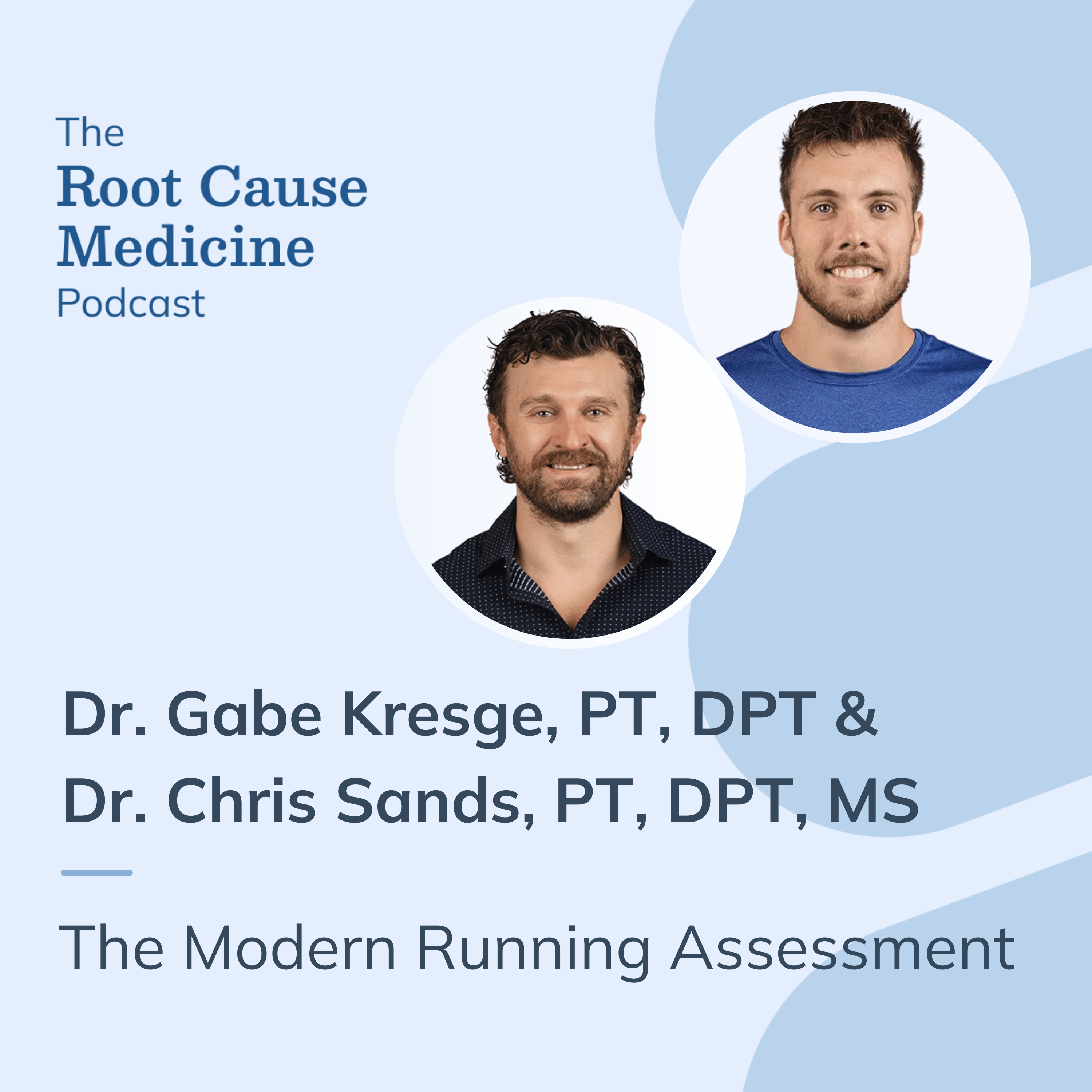
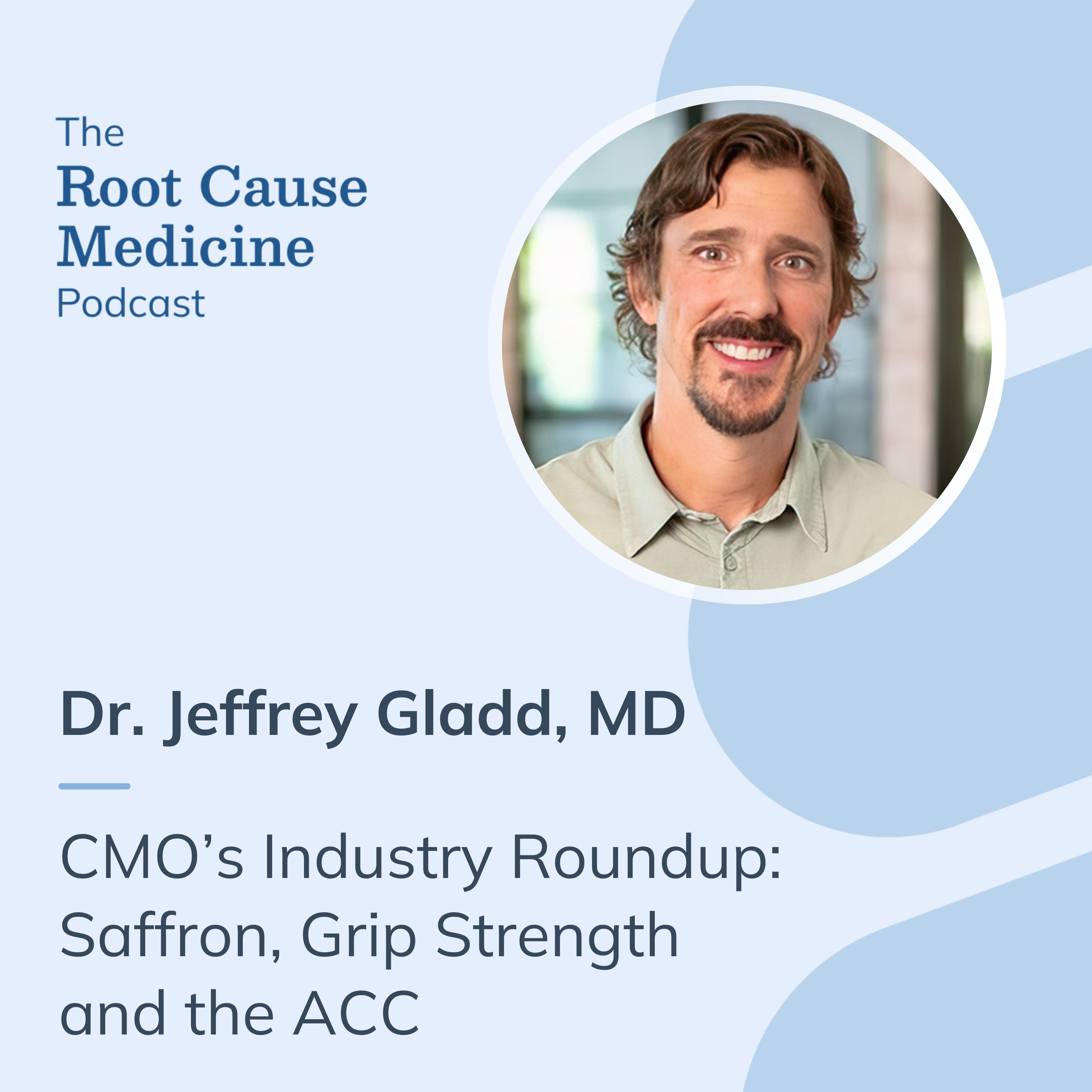
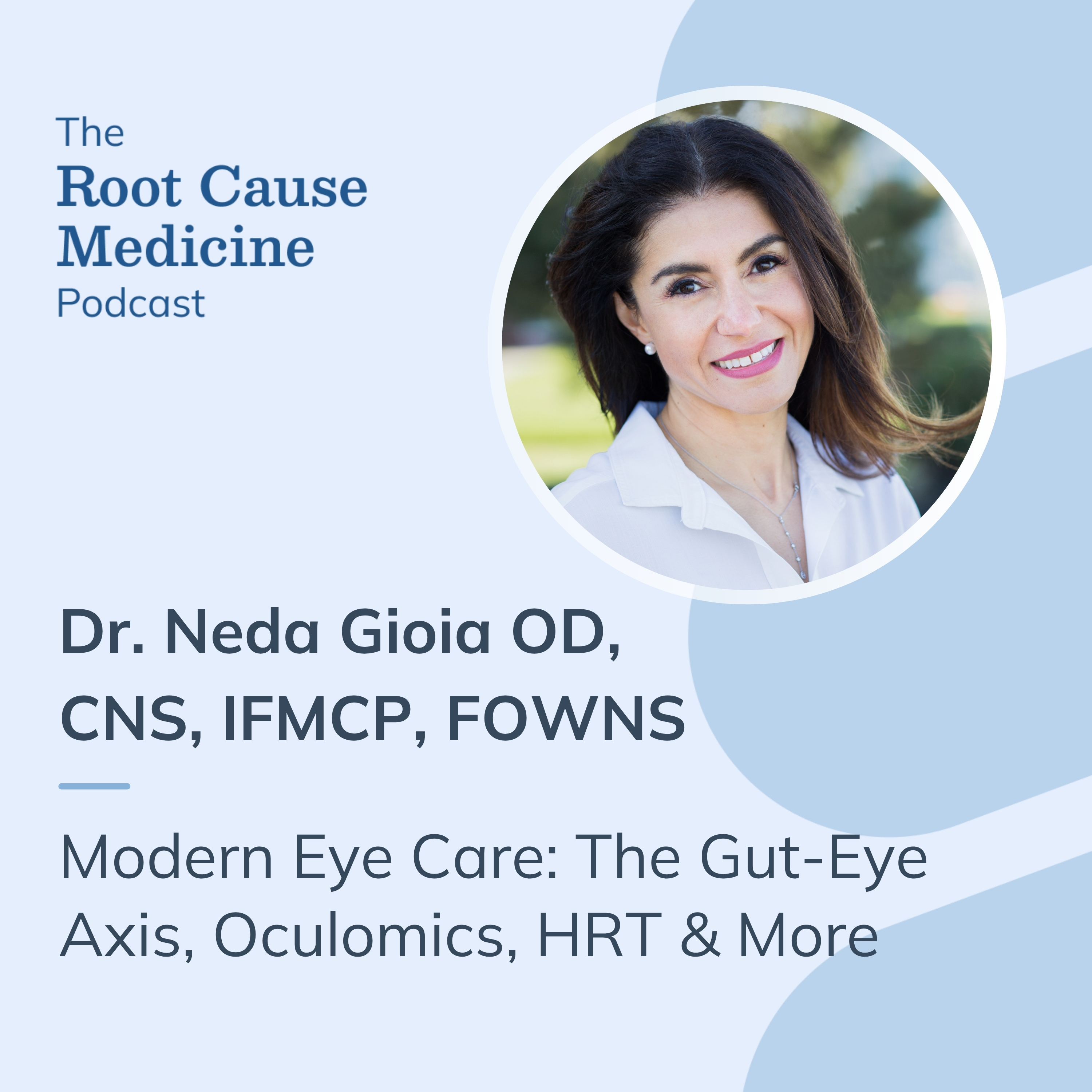
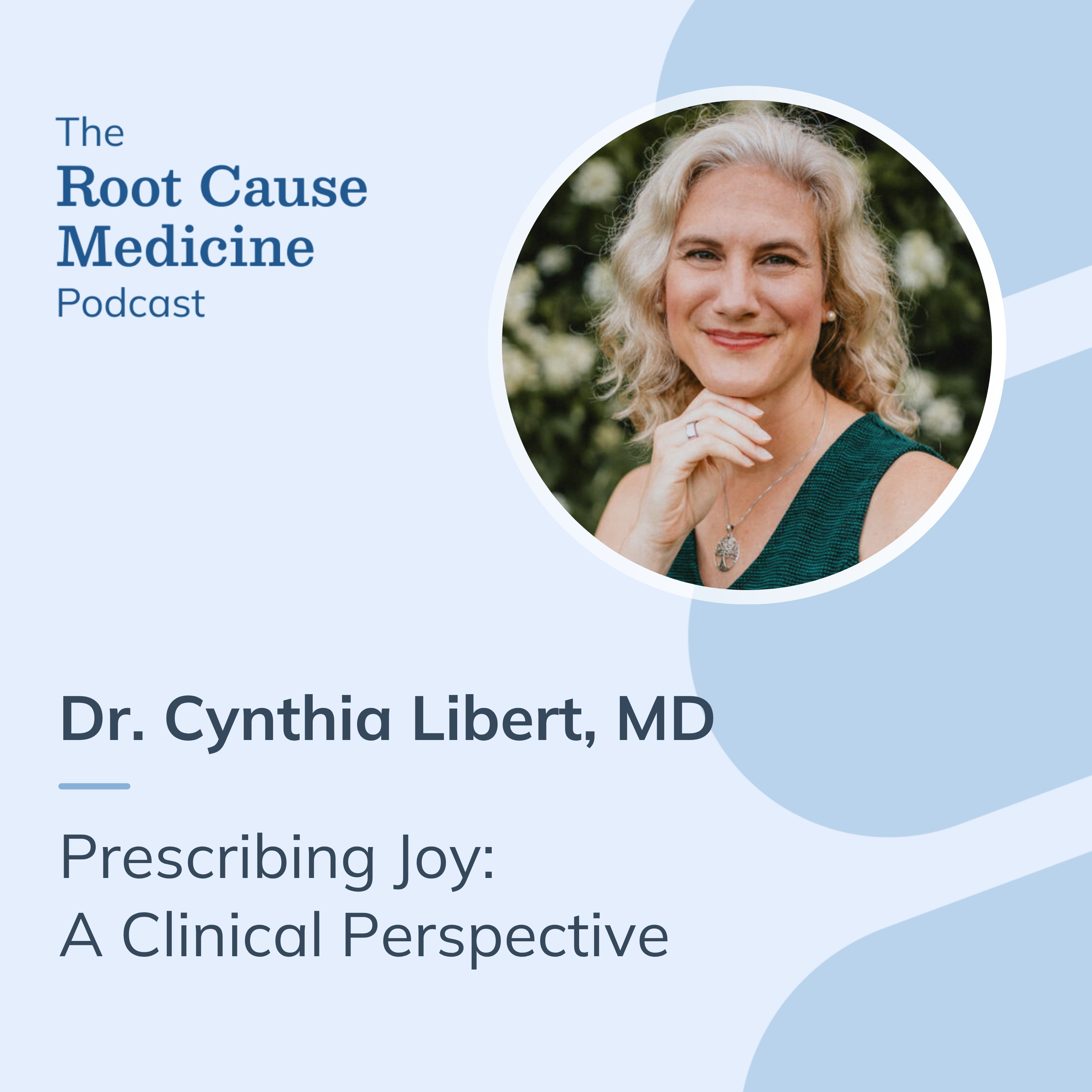
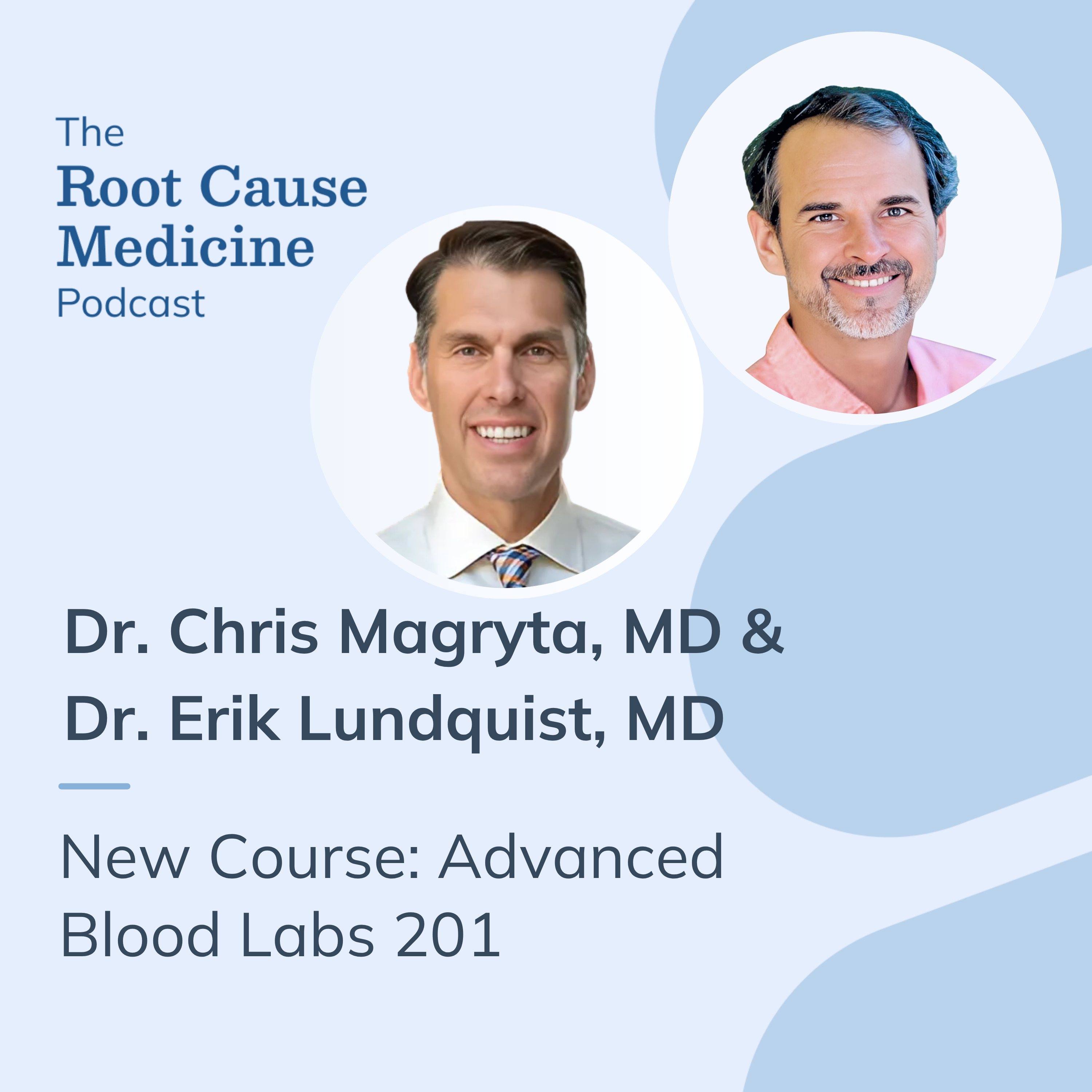


%201.svg)






